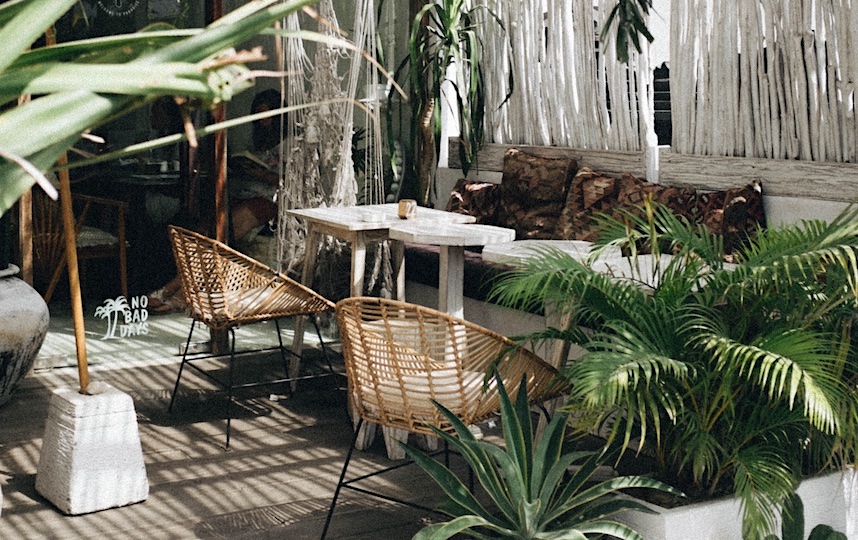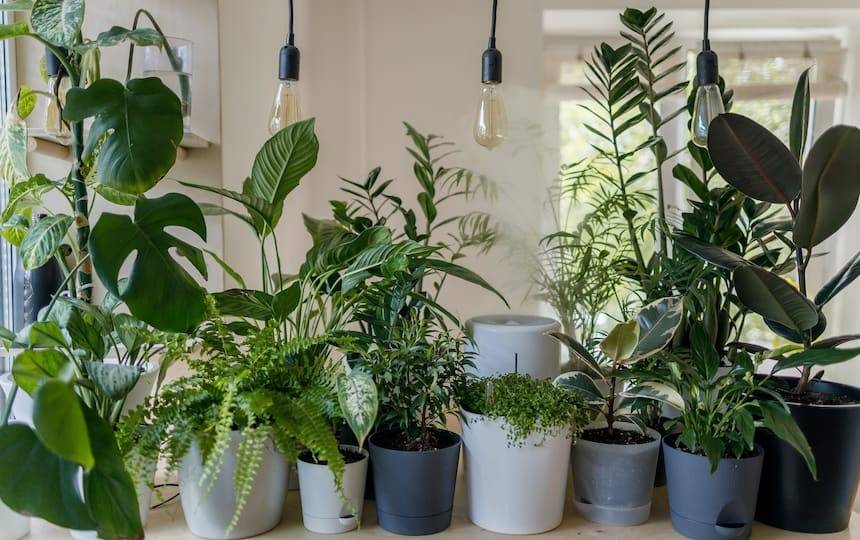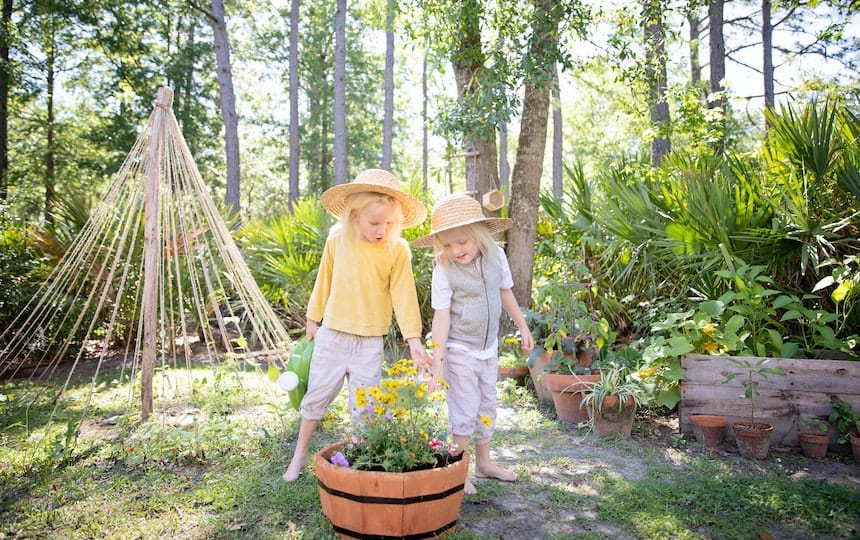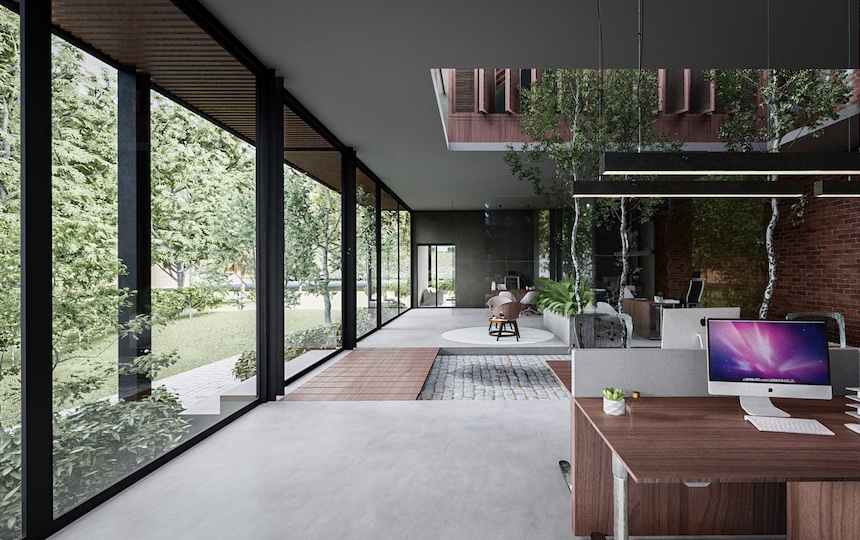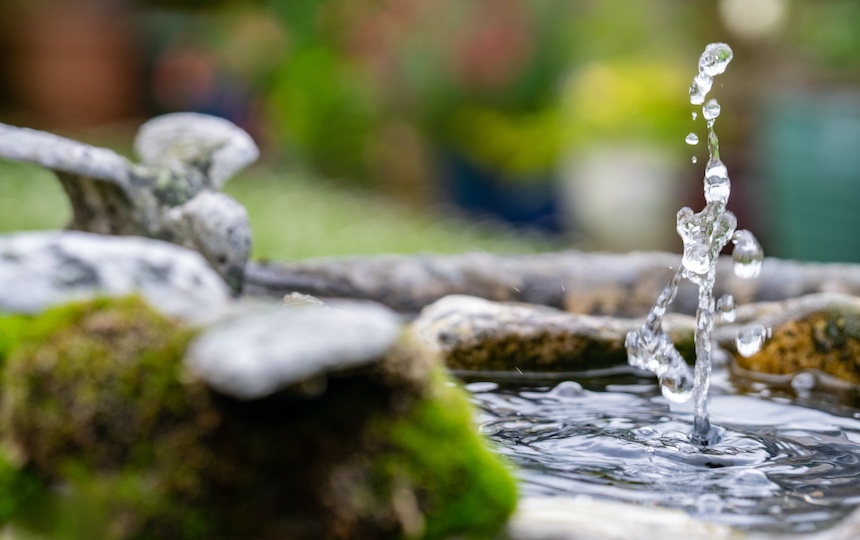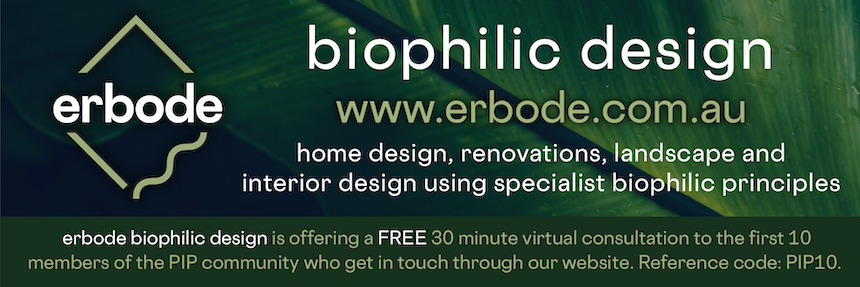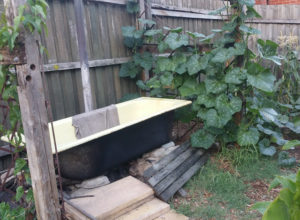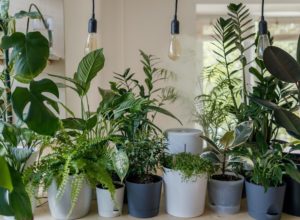We reveal the benefits of bringing the natural world into our built environments with biophilic design.
This article was written in conjunction with Phil Curlis-Gibson, the founder of Australian biophilic design service Erbode. If you are keen to incorporate biophilic design into your own home or garden, working with a biophilic specialist will mean you make the most of all that its principles have to offer, and maximise your connection with nature.
Erbode biophilic design is offering a free 30 minute virtual consultation to the first 10 members of the Pip community who get in touch through their website. Quote reference code “PIP10” when making your complimentary booking.
Biophilic design – based on the Latin for ‘love of life/living things’ – is a design framework that embraces nature and incorporates it into our built environments.
The intended result goes well beyond the aesthetic; studies show it can lead to improved health, wellbeing and productivity in home, work and school spaces.
If you’ve ever repositioned your work desk to have a view of some greenery outside, kept the blinds up to bring in the natural light or opened up the doors to smell the fresh air and hear some natural sounds, you’ve taken on some elements of biophilic design.
Evolution and adaptation
When you look at the scale of human history, and plot the amount of time we’ve spent in urban environments compared to outdoors, it makes sense that our bodies and minds react positively to the influence of nature.
Humans spent at least 40,000 years living in nature and that’s how our bodies and minds developed, and we haven’t evolved away from that.
We’ve only had about 200 years in these highly built-up urban environments. That’s not long enough for us to adapt. It could be another thousand years before we do. So we’re still built in a way that we need nature and expect to interact with nature and we simply do not get it.
The 14 principles of biophilic design
Biophilic design has 14 principles, covering the important elements of what we get from nature that can realistically be brought into our built environments. They include visual and non-visual connection with nature, presence of water, material connection with nature, prospect, refuge and complexity and order.
So it’s a lot more than just popping some cute indoor plants around the place (although that helps, too!). But it’s important to delve deeper and look at the physiology part of it.
Imagine living 400 years ago and looking around and seeing nothing green. You’d know you’re in trouble, right? There’s nothing for shade or food, it’s a sterile environment.
In this age of plenty, knowing you have a pantry full of food on the other side of the room doesn’t stop your brain from perceiving a threat if it can’t recognise any elements of nature close by.
If you were wandering the plains and saw water you’d feel relieved to know there was water nearby, it’s such an important part of our survival. Our body still reacts in that way – if it’s near water, if it sees or hears water, we relax, our blood pressure goes down.
It’s the same with fire. If you sit by a campfire (and people don’t get to do it too much these days) but you feel like, “This is really nice”, you feel relaxed. Fire was so important to our survival – warmth, safety, cooking food – it’s a big part of who we are and we still react to it like that now.
That gives us some idea of ways we can improve our homes or other spaces we spend a lot of our time in.
An indoor fire or outdoor fire pit, a water feature, thermal comfort and everyone’s favourite – more plants! Even artwork with images of nature. Designing or renovating your home to let in more light and natural ventilation, and using natural shapes and textures.
The health benefits of biophilic design
Statistics from a 2012 and a 2015 report by Terrapin Bright Green, a New York-based sustainability consulting firm, showed that biophilic design principles can contribute to increased wellbeing and productivity in various ways.
The reports found that children can learn up to 26 per cent faster when their learning environments are lit by natural light; employees with views of nature took less sick leave than those without; and patients exposed to more sunlight and with views of nature required less pain relief medication, and had shorter hospital stays.
But none of this is particularly new, really. We’ve just been distracted and forgotten the basics of what we need to be calm and well, and how the natural environment can have a positive impact on everything from our mental health to our cognitive function.
Looking to the past
With a long history – the famous Ancient Roman poet from 30BC called Horace described the perfect home in line with biophilic principles – it makes sense that biophilic design becomes a normalised part of the modern design process.
Horace said: “A piece of land, not too big, with a garden, a house, a spring and some woods in the background, that’s what I pray for”, and that describes a perfect biophilic environment.
It wasn’t until the 1930s that people started to have a real enthusiasm for interacting with nature and realising how important it was. But it’s really only been the last 15 years that they’ve tried to figure out how that might work for the built environment.
It’s quite new when it comes to being part of the architectural world, however biophilic design is likely to continue to grow in popularity and will hopefully become just a standard component every architect will need to think about when designing a project.
Permaculture and biophilic design
If you’re thinking much of this sits well within your permaculture framework, you’d be completely right. Permaculture and biophilic design complement each other perfectly – both honour people care, mixed gardens, smart use of spaces, natural elements and more.
Biophilic design revolves around the fact that when we don’t see the ability to care for ourselves from the environment around us we will feel stressed and that will have negative effects.
When we do see all the things we need for safety and survival around us we will feel calmer and more rested and we reap the positive benefits. So a permaculture environment is an ideal biophilic environment.

